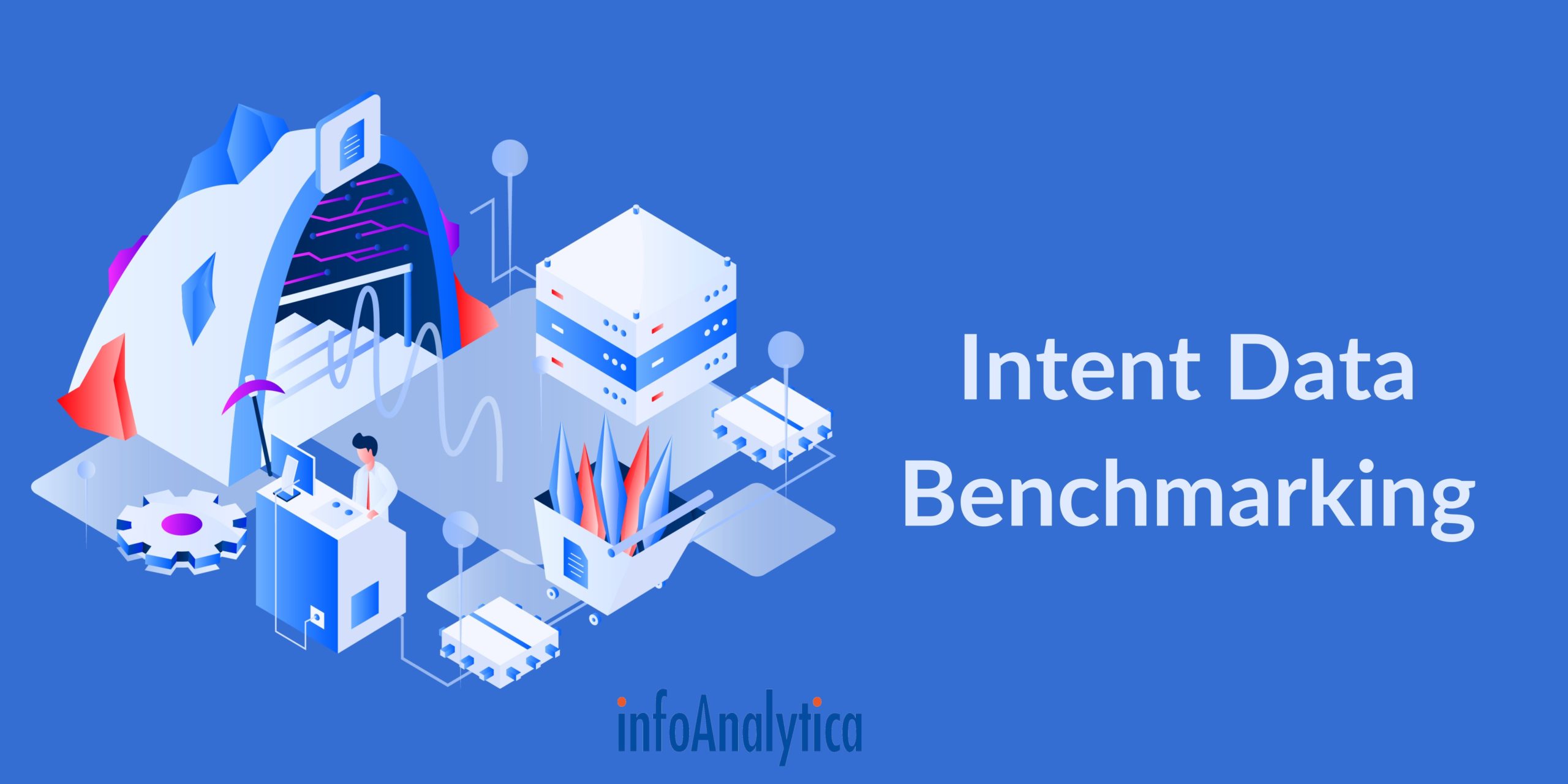
Data, Data Everywhere: How To Get The Most Out Of Intent Data Benchmarking
ABM is a hot topic these days, and for good reason. It’s the most effective way to show your ads to people who are already interested in your product or service. But how do you know if it’s actually working? You need to measure the impact of your campaigns by tracking metrics like CTR, CPA and ROAS. In this article, you’ll learn how to use intent data benchmarking to get the most out of your ABM efforts.
Intent Data Benchmarking
Data, data everywhere. It’s the lifeblood of modern marketing, and it’s only getting more important. But with so much data out there, how do you know which data is most important to your business? And how do you make sure you’re getting the most out of it?
One way to do that is through intent data benchmarking. Intent data can give you a wealth of insights into what your customers are interested in and how they’re engaging with your brand. By benchmarking your intent data against other businesses in your industry, you can get a better idea of where you stand and where you need to improve.
There are a few different ways to go about benchmarking your intent data. You can look at overall performance metrics, like conversion rates or engagement rates. You can also drill down into specific areas, like keywords or topics that are particularly important to your business.
Whatever approach you take, the key is to be clear about what you’re trying to measure and why it matters to your business. Once you have a good understanding of that, you can start to gather the data you need and compare it against your competitors. With the right approach, intent data benchmarking can be a valuable tool for increasing your ROI.
What is Intent Data?
Intent data is the data that provides insights into a user’s buying journey. This data can be used to understand what a user is looking for and how likely they are to convert. Intent data can be collected through a variety of methods, including website tracking, search engine marketing, and social media monitoring.
There are a number of ways to use intent data to improve your marketing efforts. One way is to use it to benchmark your performance against your competitors. By understanding how much intent data your competitors have, you can better understand your own position in the market. Additionally, you can use intent data to create targeted campaigns that speak directly to the needs of your audience.
When used correctly, intent data can be a powerful tool for improving your marketing efforts. If you’re not already using this type of data, now is the time to start!
Why Intent Data is Important
In the world of big data, it’s often said that “data is king.” And when it comes to understanding customer behavior, there’s no doubt that data is incredibly important. But what is often overlooked is the importance of quality data.
Intent data is a perfect example of this. Intent data is a type of customer data that captures someone’s online activity and attempts to interpret what they’re trying to do. It’s a valuable tool for marketers because it can help you understand what your customers are interested in and how they interact with your website or product.
However, not all intent data is created equal. That’s why it’s important to benchmark your intent data against others in your industry. By doing so, you can ensure that you’re getting the most accurate and actionable data possible.
There are a few different ways to benchmark your intent data. One option is to use an intent data platform like Bombora or Demandbase. These platforms allow you to see how your data stacks up against others in your industry.
Another option is to use third-party intent data providers. These providers offer their own independent benchmarks that you can use to compare your data.
Finally, you can also ask infoAnalytica for the benchmark they have set for some of the marquee players in the field of eCommerce (Amazon, eBay), Information Technology, Fintech (Stripe) and many more.
Integrating Benchmarking with ABM
By benchmarking your data usage and quality, you can ensure that you’re getting the most out of your data.
As your business grows, so does the volume of data that you need to manage. To keep everything running smoothly, it’s important to have a handle on what’s going on with your data at all times. One way to do this is through benchmarking.
Benchmarking is the process of comparing your performance against similar organizations in your industry. This can be a useful exercise for understanding where you stand in relation to your competitors and identifying areas where you need to make improvements.
When it comes to data, benchmarking can help you understand how well you’re using your data and where there are opportunities for improvement. For example, you might benchmark the amount of data you’re collecting, the quality of your data, or the speed with which you’re able to process and analyze it.
Integrating benchmarking into your account-based marketing (ABM) strategy can be a powerful way to get the most out of your data. ABM is a methodology that focuses on developing personalized campaigns for specific accounts. This approach requires a high level of customization and personalization, which can be difficult to achieve without good data.
Increasing Engagement with Pins and Promoted Posts
If you’re looking to increase engagement on your website or blog, consider using pins and promoted posts. Pins are a great way to share your content with a wider audience, and promote your posts through social media channels like Twitter and Facebook. Promoted posts can help you reach a larger audience, and get more people talking about your blog or website.
Using Social Sentiments to Increase ROI
If you want to increase your ROI, you should start looking at social sentiments. That’s right – social media can be a treasure trove of insights into how your customers feel, what they need, and what they want. And this information can be used to create marketing strategies that are highly targeted and effective.
What is social sentiment? It’s basically the emotions and opinions that people express about a brand or product on social media. And these days, there are plenty of tools that can help you track and analyze social sentiment.
One of the most important things to keep in mind when using social sentiment to increase ROI is to make sure that you’re looking at the right data. There’s a lot of noise out there, and not all of it is useful. So take the time to find the right tools and to really understand what your customers are saying.
Once you have the right data, you can start using it to improve your marketing strategy. For example, you can use social sentiment to:
- Identify customer needs and wants
- Develop more targeted marketing campaigns
- Fine-tune your messaging
- Adjust your pricing strategy
- And more
Conclusion
As you can see, there are a lot of factors to consider when benchmarking your company’s intent data. However, by taking the time to understand your data and setting up a clear process, you can ensure that you’re getting the most out of your investment and making data-driven decisions that will help your business grow.

Market Analysis provide insight into planning marketing strategies for an industry offering. Individual pieces of a full Market Analysis such as market sizing can help in fundamental decision-making, but will not guide the overall market

In today’s world CMOs come with a standard playbook to monitor, maintain and analyze the metrics, analytics and spreadsheets. After the covid 19, online presence has made marketing far more measurable and accountable to CMOs. This has

2020 B2B Marketing Trends – 4 Essentials Whatever be your business goals for 2020, better results and higher ROI are sure to be constant in the list. The best way to give your business a head start is to leverage the emerging trends and